
With often limited budgets and the obligation to use donor money as efficiently as possible, nonprofit marketers have immense pressure to drive the right marketing strategy. An audience-first planning approach is key, and audience segmentation is a huge component of that.
Segmentation, as any good marketer knows, helps to ensure that marketers target the right audiences with the right messages. It creates a level of personalization that encourages engagement – without segmentation, a marketing strategy is sometimes reduced to throwing messages at the wall and seeing what sticks. This lack of strategy leads to unsubscribes, unfollows, unresponsive audiences and ultimately, obtaining less donors with long lifetime value.
So, how should you - as a nonprofit marketer - segment your audiences in order to drive the best results? Here are three categories to help you carve up your audience and messaging to meet your nonprofit marketing goals.
Demographics
Factors like age, gender, income, and family size can all affect the messaging that motivates people to donate. Marketers can’t send the same message to a millennial as they would a baby boomer and expect it to be received the same way by both parties. Likewise, households with a lower income might require a different marketing message than an affluent household.
Depending on your cause, various messages might also resonate differently based on genders, education levels, presence of children in the household, and a variety of other demographic factors.
Interests
A prospect’s interests can be instrumental in informing their donation decisions, so it’s important for nonprofit marketers to apply this data to segment and customize messaging accordingly.
Political and cause-related interests, for instance, are one huge indicator of how a prospect may respond to a nonprofit’s messaging. If you work for an organization with a strong viewpoint, it’s important to know exactly which of your prospects share this viewpoint, as well as which share the opposite. Knowing when prospects have an interest in similar (or disparate) nonprofits to yours could be crucial to crafting your marketing messages.
And of course, one of the most important indicators of cause-related interests is past donation history: find audiences that have previously donated to organizations like yours and target them for maximum success.
Purchase Behaviors
Purchase data is a less obvious category of information for audience segmentation, but it may be a strong predictor of which causes someone might donate to. For example, someone purchasing dog and cat toys might be more likely to donate to an animal welfare organization.
All of this insight is invaluable to a nonprofit marketing strategy. One place to start is to purchase quality audiences built at the PII level from second and third-party data. These “pre-packaged” audiences allow you to identify potential donors and tailor your messages to them accordingly. Working with an analytics expert such as Alliant, you have the ability to mix and match segments to create custom audiences.
If you’re hoping to add descriptive data to the existing contacts in your CRM, Alliant can help with that, too – we can enrich your data by appending the above-mentioned attributes (and many more!) to the contacts you already have.
Looking for more ways to use data to get the most out of your nonprofit marketing strategy? Learn more here!







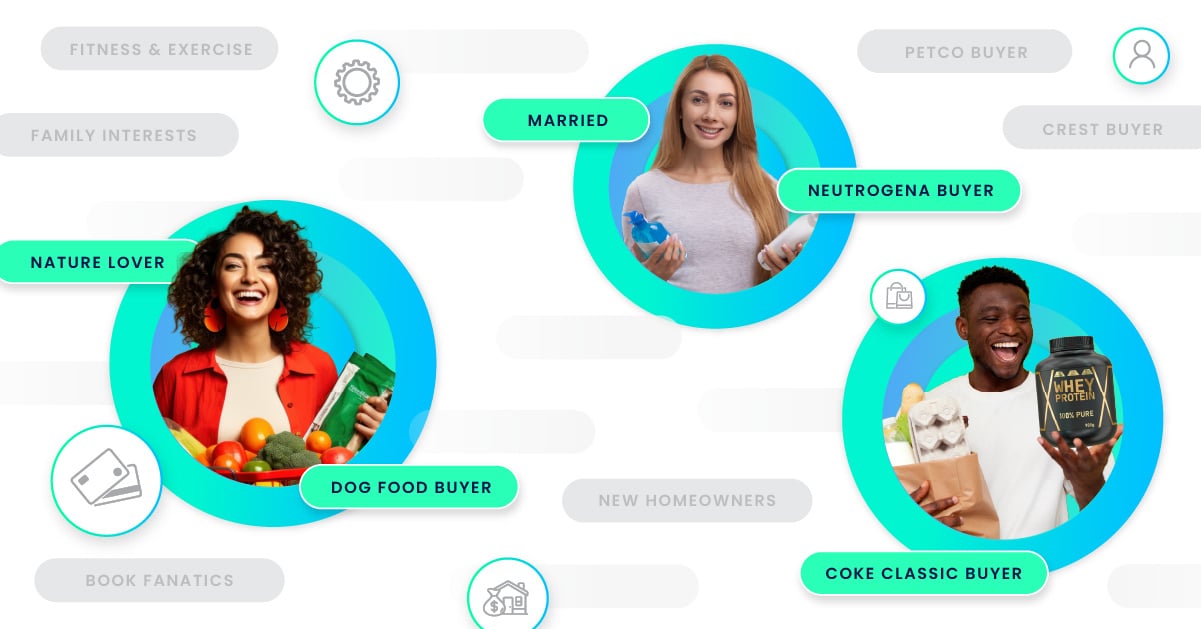












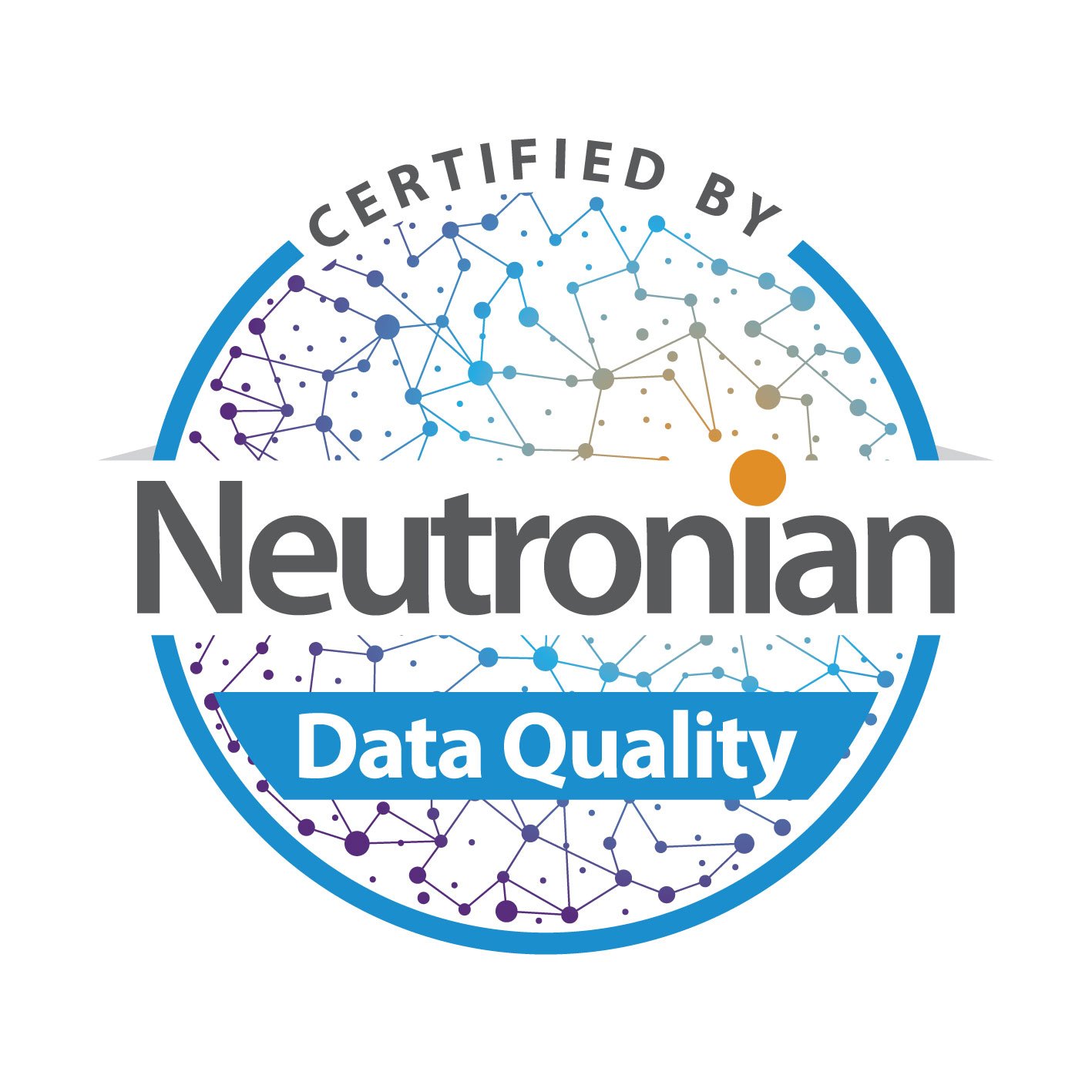
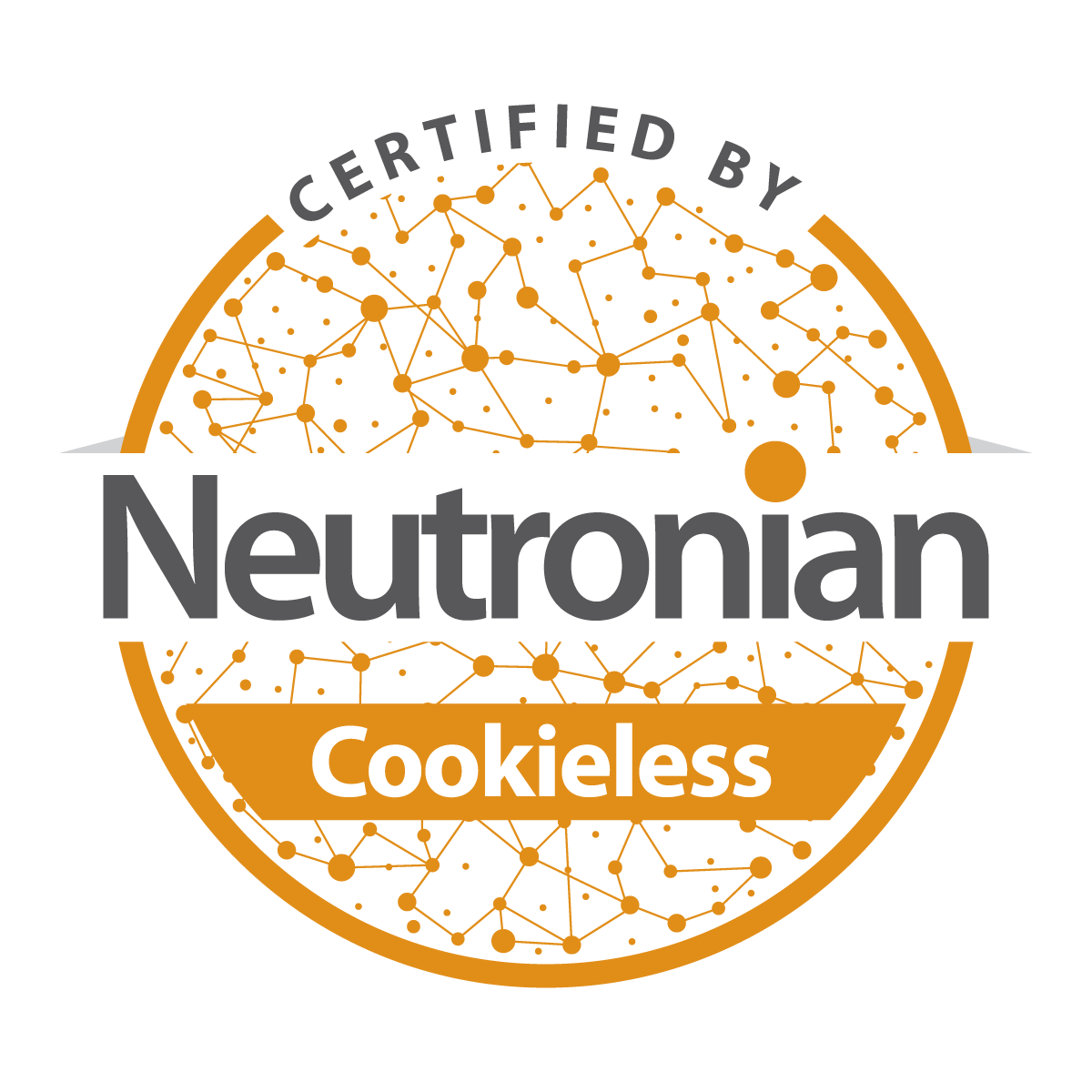
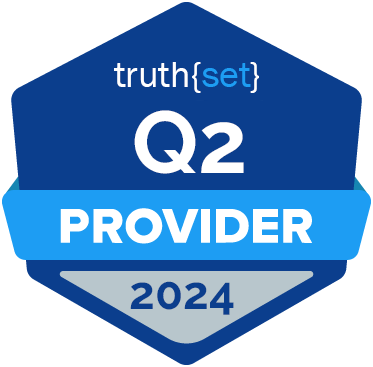

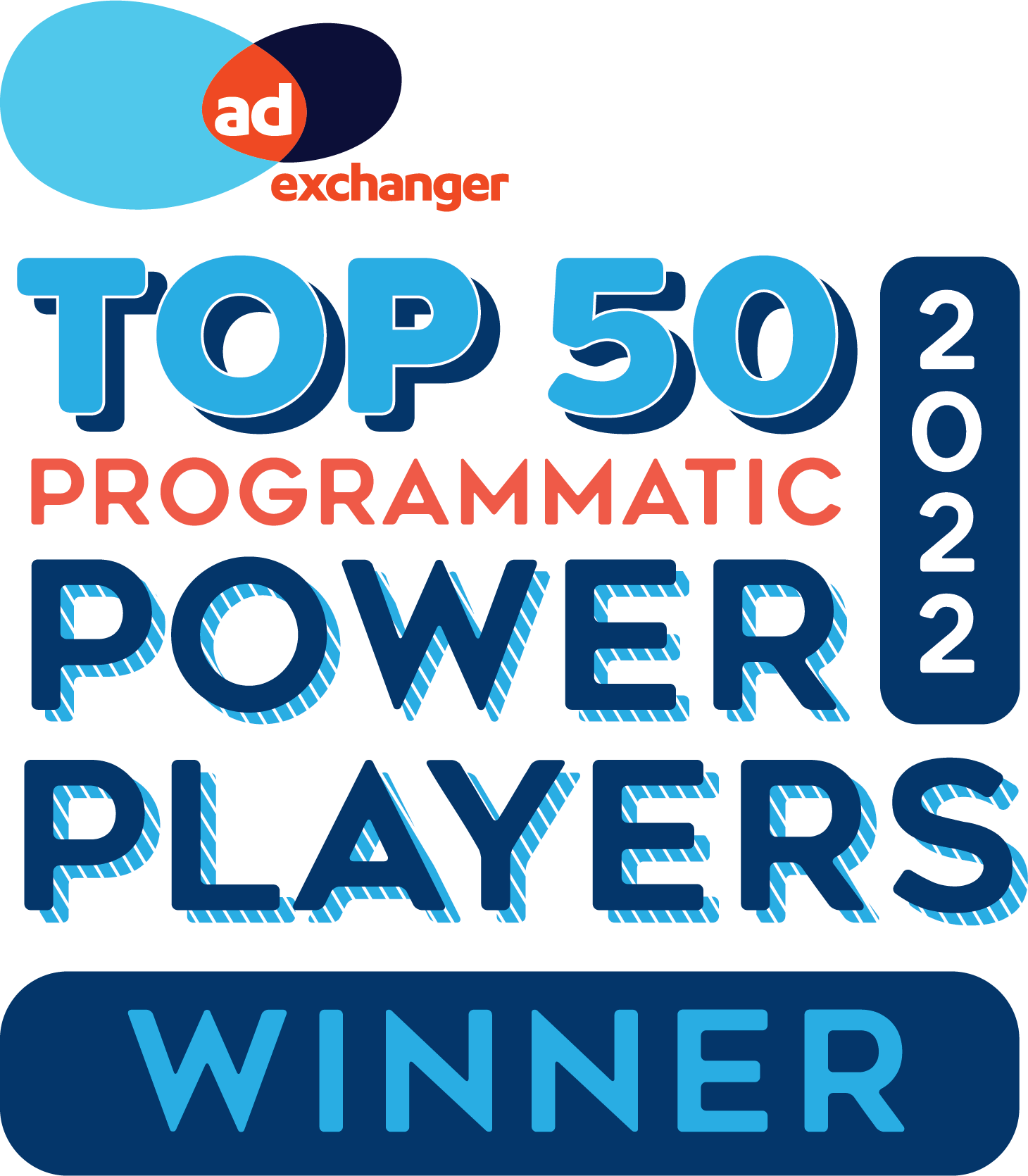



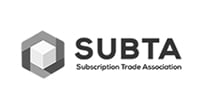

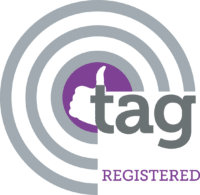
Submit a Comment